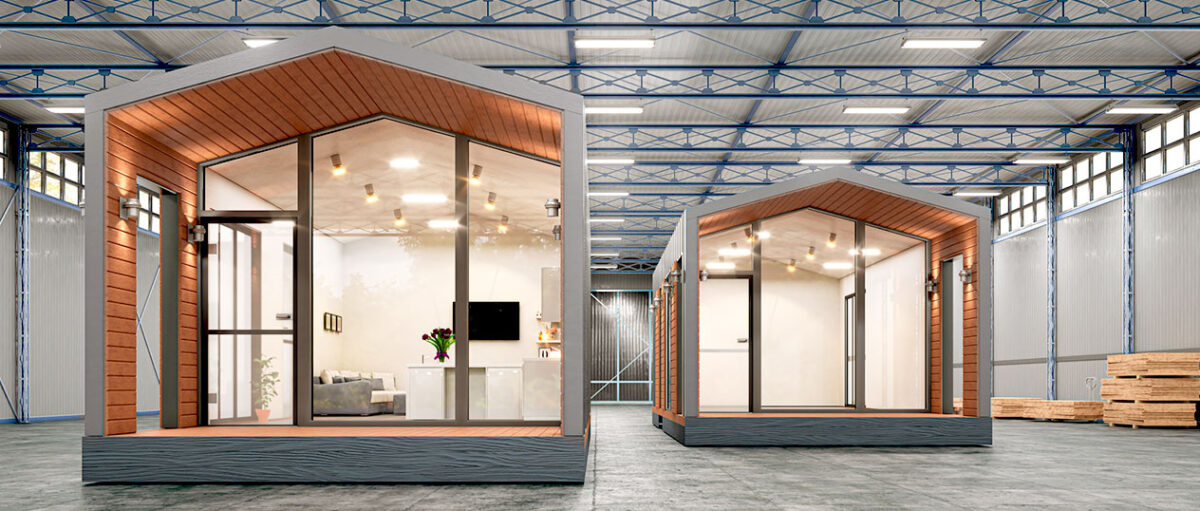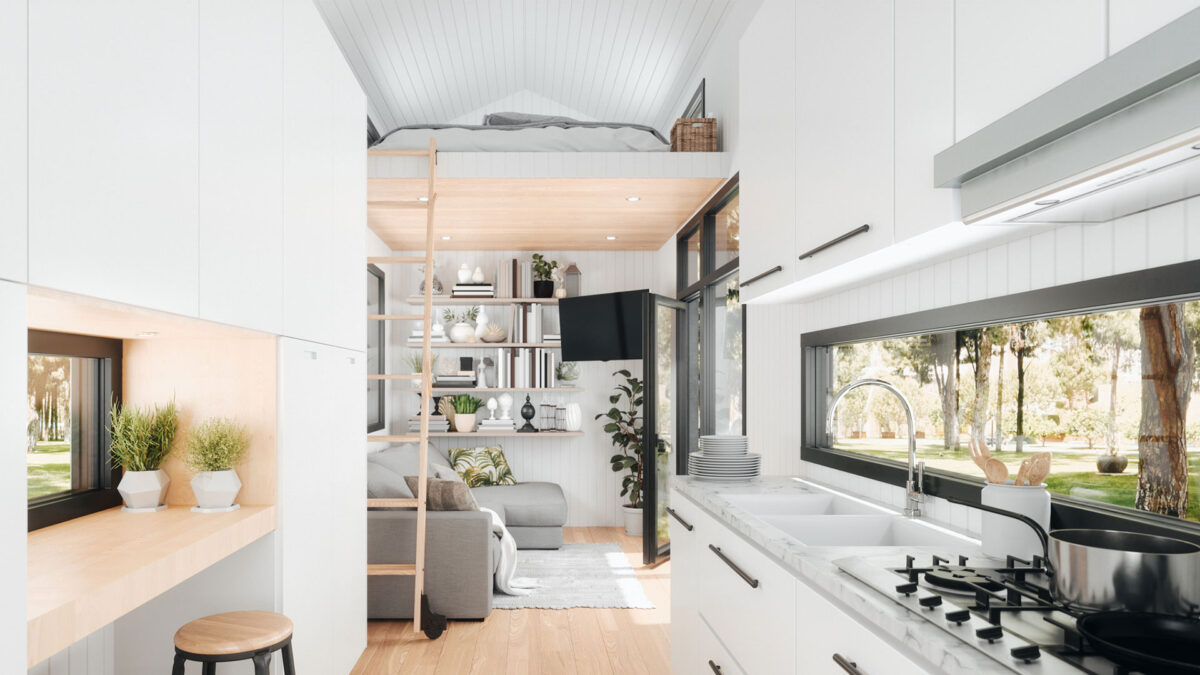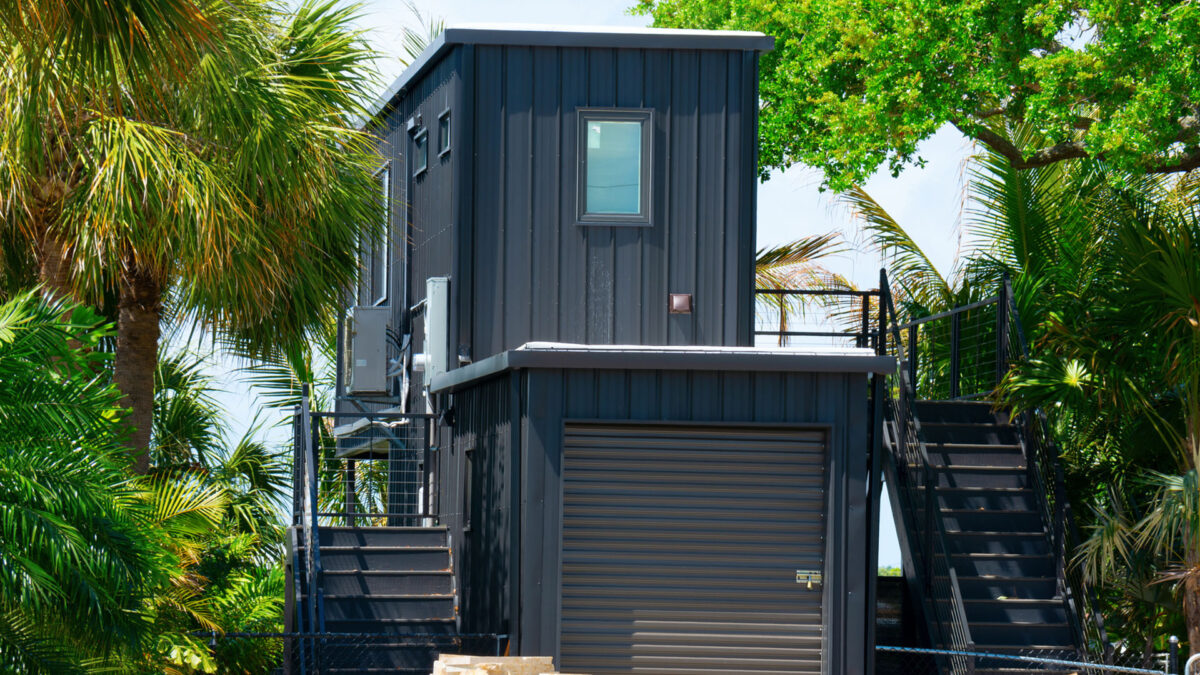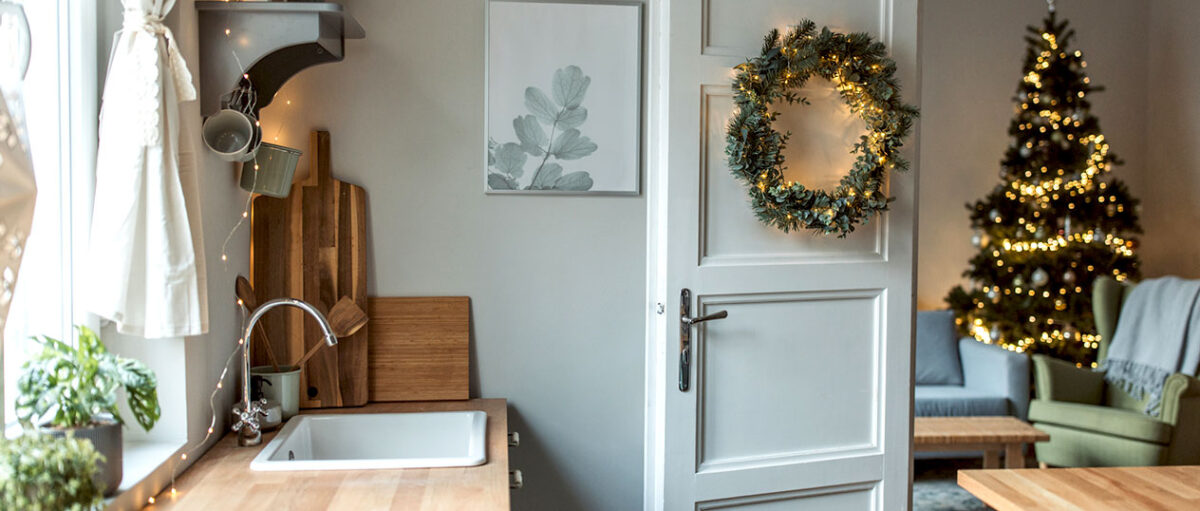
When it comes to building good credit, everyone wants to see overnight results—and who can blame them? The ability to cross something off a checklist can be gratifying. But if you approach your credit profile with the same strategy, you’re in for a letdown. That’s because building good credit is less of a sprint and more of a marathon. In other words, it’s not just a race for results. It’s a lifestyle change that can help you secure a more favorable mortgage rate and terms, but it takes consistent effort and time.
So, if you’re looking for the best ways to build good credit, you’ve come to the right blog. Here are our top seven tips. Let’s get into it, shall we?
1. Knowledge is power.
Maybe you signed up for a store’s charge card to get that extra 20% off one day. Maybe you took out a car loan to celebrate your first adult job. And maybe, just maybe, you have a few late payments hiding amongst the skeletons in your proverbial credit closet. We get it—looking at your own credit score and the history attached to it can be frightening for some people. But if you don’t know what you’ve got, you won’t know what to improve. Our advice? Get familiar—not only with your own credit history, but with how credit works in general.
First, you’ll want to pull a copy of your credit report from a reputable, reliable source. Any one of the three major reporting agencies (Equifax, Experian, or TransUnion) ought to do. Everyone in the United States can get six free credit reports from Equifax per year until 2026. Per the Federal Trade Commission’s Consumer Advice section, that’s on top of the report you’re able to get for free each year from the three aforementioned agencies. All you have to do is visit AnnualCreditReport.com to get started.
After you’ve pulled and reviewed your credit report, you’ll want to keep this in mind: Each reporting agency calculates your score differently, and not all creditors report to all three bureaus. While they may vary slightly, they all follow the FICO scoring method, which uses predictive data analytics to generate an accurate credit score. That said, they all consider things like account age, payment history, balances, and the number of accounts when generating your score.
2. Error. Error. Error.
While the nation’s leading credit reporting agencies use digital tools and analytics to read your data and generate a score, those tools are often operated or read by people. And let’s be honest, people make mistakes sometimes. Lenders and creditors are no different.
Should you obtain a copy of your credit report and discover an error or two—maybe an amount owed is higher than you thought, or maybe your address is wrong—you’re more than welcome to dispute those errors. In fact, you’re well within your legal right to do so, since the Fair Credit Reporting Act promotes the accuracy, fairness, and privacy of consumer information held by credit bureaus. It gives you the right to dispute errors or inaccuracies, have them investigated, and (hopefully) get them corrected.
3. A low balance is a good balance, but no balance is better.
Hands down, one of the best ways to build good credit is to keep your balances low, or flat-out non-existent. Hey, we understand—sometimes you have to use a credit card to get by until the next paycheck, and sometimes you’ve gotta take out another student loan to cover a semester’s tuition. Those balances play into your “debt-to-income” ratio, or DTI.
As a mortgage lender, we and other companies use your DTI as one way to gauge your readiness for, and ability to pay off, a home loan. Different home loans and programs have different DTI requirements, but generally speaking, a higher DTI signals greater risk for the lender. We want to know you can pay back what you borrowed, and having to pay off a bunch of other accounts may get in the way of that ability to repay.
How can you lower your DTI? Lower your balances. There are a number of ways to approach this, but one of the most popular methods is sometimes referred to as “the snowball method,” where you pay off the smallest balances first to free up funds for later payments on larger balances. Even getting a small balance to zero is a win, so don’t hesitate to get started as soon as you’re able.
Want to learn more about DTI? Check out this blog to get all the details.
4. The best time is on-time.
Of all the things that can hurt your credit score, late payments are near the top of the list in terms of impact. That’s because payment history is a major player in determining your credit score, and even one missed payment can cause your previously stellar credit score to go sideways. The later your payment, the greater the impact.
- 30 days late is usually seen as a minor mistake.
- 60 days late is a red flag.
- Once you hit 90 days late or more, creditors start exploring their options—one of which is sending your account and balance to a collection agency.
Of all the things that can hurt your credit score, late payments are near the top of the list in terms of impact.
Getting sent to collections won’t just damage your credit, it’ll drive you up a wall and have you ready to do whatever it takes to make them stop calling you. So, whatever you do, try not to fall behind.
An easy way to help keep you on track? Auto-pay. Obviously you’ll want to make sure you’ve got cash in your account to cover every payment, but if you’re someone who frequently forgets to make payments (even minimums), this is a no-brainer.
5. Budget best practices.
For some people, remembering to make payments isn’t the problem. It’s having enough money in the first place.
While living by a budget may not have a direct impact on your credit report, per se, it will lead to better financial habits. That trickle-down effect should then find its way to your credit report, because you’ll have budgeted appropriately to pay down (or pay off) your balances on time, every time.
Budgeting is a discipline, but it’ll have a long-lasting positive impact on your life if you stick with it. Some folks need a little help with accountability, so ask a friend to tell you “no” next time you want to put a new pair of shoes on that credit card. And while there are apps abound to help keep track of your money and where it’s going, sometimes you can get away with a simple spreadsheet that documents when your money is coming in and what it’s going to. We’re talking simple addition and subtraction, folks. Budgeting is a discipline, but it’ll have a long-lasting positive impact on your life if you stick with it.
Budgeting is a discipline, but it’ll have a long-lasting positive impact on your life if you stick with it.
6. Live within your means.
Just because credit can help you buy things you wouldn’t typically be able to afford, that doesn’t mean you should depend on it. A smarter way to get a handle on your finances is to live frugally and well within your means.
If you want to use a credit card for daily expenses and bills, fine, no one will stop you. We recommend treating it like a debit card instead of a credit card, though. If you rack up expenses, pay them off in full each month with your income. That way, you reap the rewards (literally, in some cases—hello, cash back) but maintain good standing with a low or zero-dollar balance.
Alternatively, consider going on an all-cash diet. Once you’ve got a habit of responsible spending, then you can get back into using your credit card.
7. Age is more than just a number.
Everyone loves a new pair of shoes, but when it comes to credit reports, the older your account, the better. Earlier, we mentioned credit bureaus keeping track of how long your accounts have been active. That’s where this piece comes into play.
An older account, especially one that shows consistent on-time payments and a history of keeping a low balance, will do wonders for your credit score. On the other end, new accounts can temporarily lower your score and will impact the average age of your credit profile. One account you’ve held in good standing for 10 years is better than several new accounts you’ve opened up back to back over the last three years. Each new account lowers the average age, which is a major factor in your credit score.
An older account, especially one that shows consistent on-time payments and a history of keeping a low balance, will do wonders for your credit score.
The best way to build good credit? Be responsible.
If you’ve ever wondered how to build good credit, now you’ve got the goods. Take this information and make your credit work for you, not the other way around. And if you know someone else who wants to know how to build good credit, be a pal and share this blog.







